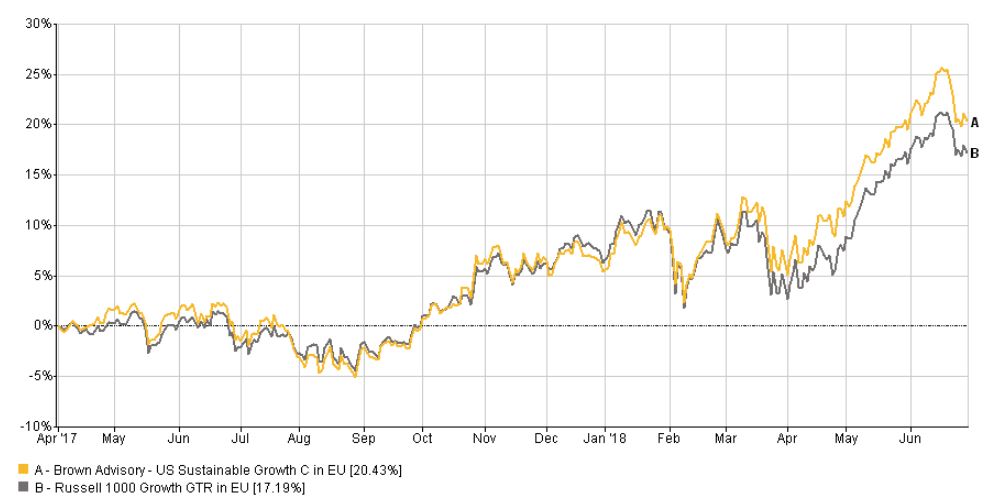Thousands of funds now claim their investment decisions are guided by ESG criteria. But behind the colourful marketing and socially-conscious soundbites there remains a lot of ambiguity about what environmental, social and governance (ESG) standards mean – and how they are applied.
“Many funds have an ESG policy and integrate ESG into their investment decisions, but only as long as it doesn’t interfere much with their main investment objectives,” said Mia Söderberg, head of fund selection at Sweden’s IKC Capital.
“There can be a discrepancy between a group’s ESG policy and the actual day-to-day management of their funds,” she said, adding that some funds’ ESG strategies were “mostly just window dressing.”
In Söderberg’s opinion, some funds’ ESG criteria relies too much on scanning sustainable data and applying quant analysis, which in her view is not enough to make sophisticated ESG-compliant investment decisions that hold up to scrutiny.
Filters that exclude certain companies – on the basis of lax environmental standards or weak governance, for example – often only exclude the worst offenders, Söderberg said. “It’s not enough to call it an ESG fund,” she said.
The Swedish fund selector added that some people in the industry view ESG an added problem they need to navigate rather than an opportunity. “[Too many funds] see an ESG criteria as something they have to involuntarily take into account and do their best to find ways to get around,” she said.
How to determine a ‘real’ ESG fund?
In order to effectively determine whether a fund was genuinely sustainable or not, Söderberg said she and her team had to quiz and interrogate individual fund managers.
“You get a feeling of how dedicated to ESG they are. The ‘window dressers’ don’t have the same passion for the subject and are unable to go into detail,” she said.
Söderberg cites the example of one ESG fund that had a state-owned Russian oil company in its portfolio. “There are serious governance issues in Russia and corruption is very high,” she said. “It is one of the reasons that it does not make sense to call the investment ESG.”
Söderberg said that if sustainable investing is done properly, ESG can support long-term outperformance, helping to determine which companies are best able to adapt to future business trends. “If you do ESG right, it tilts your portfolio towards good quality companies and greater long-term stability,” she said.
Top ESG funds
Söderberg said one of her favourite ESG funds was Brown Advisory’s US Sustainable Growth C fund, managed by David Powell and Karina Funk. The strategy has run since 2009 although the Ucits fund inception date was April 2017.
The fund has returned 20.4% since April 2017, according to FE Analytics.
Brown Advisory is one of the market leaders when it comes to finding a way to use ESG in the best possible way and you can see that in the performance,” she said.
“The managers have done this for years and they are very good at explaining how they choose companies, why they choose them, and in what way it will benefit the portfolio.”
The Brown Advisory fund excludes companies that defy the UN Global Compact Principles, derive any revenue from controversial weapons, conduct animal testing for non-medical purposes, and those that own fossil fuel reserves or are utilities that generate power from fossil fuels.
The fund’s top holdings are in Visa (5%), Microsoft (4.9%), Alphabet (4.9%), Amazon (4.8%) and UnitedHealth (4.7%), according to its June factsheet.
The fund’s top sector weights are in information technology (40.2%, health care (22.6%), industrials (15.8%), and consumer discretionary (11.5%).
Brown Advisory US Sustainable Growth C v benchmark performance since Ucits inception

Source: FE Analytics
- This article first appeared on ESG Clarity‘s sister site, Expert Investor.








